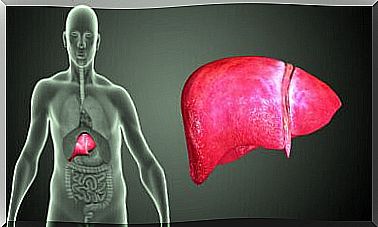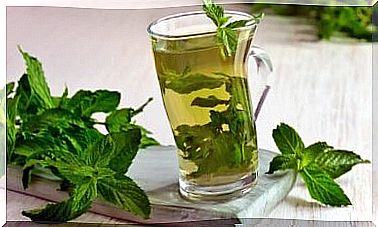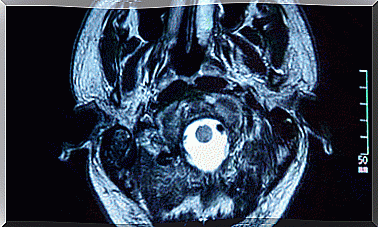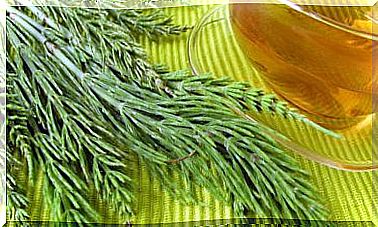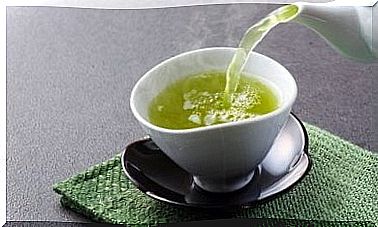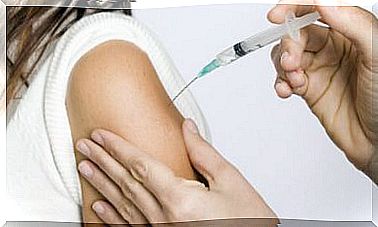7 Myths About Skin Care That You Believed To Be True
There are several myths about skin care that cause confusion and misconceptions in people. Many often make it difficult to maintain a good routine.
With the ease that technology has today, it is becoming easier to access all kinds of information regarding aesthetics and aging prevention.
However, not everything that is said in the popular sphere is true and sometimes misinterpretations spread that, in the end, generate disappointment or negative effects. It is important to know what these false beliefs are and what alternatives exist to avoid making mistakes again.
On this occasion we want to share those 7 common myths that are usually had regarding the beauty and conservation of the skin.
1. Creams can erase wrinkles
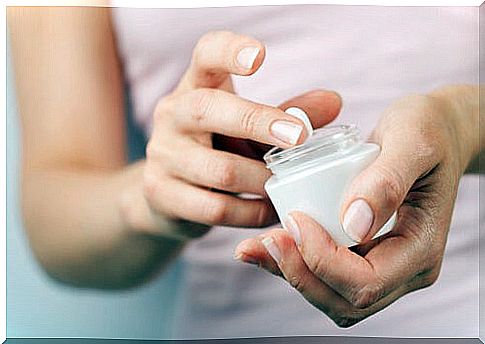
One of the main myths about the most widespread skin care is that face creams can “erase” wrinkles and give the skin all its youth.
For more active compounds it contains, anti-wrinkle creams cannot completely eliminate them when they have already appeared. In any case, they can only attenuate them.
In some cases they can also be useful to reduce the presence of spots or other signs of age; However, for wrinkles to be reduced by more than 90%, it is necessary to resort to injections of hyaluronic acid or other dermatological treatments.
Of course, in any case, the use of sunscreen plays a fundamental role in the prevention and treatment of the signs of aging.
2. Antibacterial soaps are the best to cleanse the skin
Another of the most widespread myths about skin care is that you have to cleanse the skin with products that “sweep” the skin and “dry” it.
Be careful what you choose! While there are products that can remove dirt and excess oil and bacteria, they can over-dry the skin and therefore make it more vulnerable to all kinds of problems: from pimples to tightness. Therefore, before applying any soap or cleaning product: consult your dermatologist.
3. Eating chocolate causes acne

Chocolate, dairy and sugar are three foods that are very present in the different myths about skin care.
When it comes to the relationship between diet and acne, there is much debate. In addition, each case is different, since not all organisms respond the same to food. For example, there are those who eat chocolate and have no problem, while others experience a deterioration when eating it.
Although there is not enough evidence so far to ensure that chocolate causes acne, it could reduce its consumption if it is considered that it worsens the problem. Especially when it is made with milk and added sugars.
When it has a high percentage of cocoa and a low content of sugars and added, it is considered that it can be eaten without problems, because in fact, it contains antioxidants that reduce the impact of free radicals on the skin.
4. Vitamin E erases scars
Scars on the skin are very difficult marks to remove and some type of professional treatment is almost always required to regain the normal state of the skin.
Vitamin E plays a fundamental role in regeneration, but that does not mean that it is a cure against this alteration. Its consumption (through different foods) and its application (through cosmetic products) are a complement to the treatment prescribed by the dermatologist.
5. Acne is overcome with time
Unfortunately for many this is not true. The use of cosmetic anti-acne products can minimize its presence, but those who have a strong tendency to develop it, must deal with it all their lives.
Therefore, another of the myths about skin care is that acne is “overcome” over time, and especially after puberty.
In women, premenstrual syndrome, menstrual cycles, pregnancy and menopause are stages that involve various hormonal changes and, therefore, can lead to acne. And not only in adolescence, but at any age.
6. Skin spots are inevitable in old age
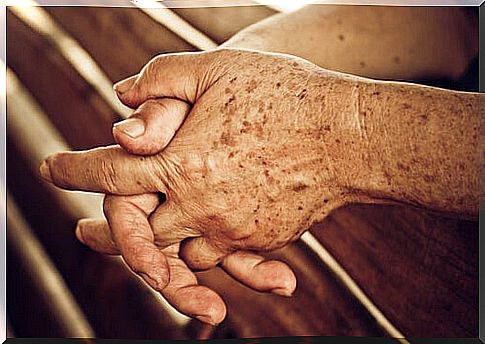
Many of the changes that the skin undergoes over the years are part of its biological aging process.
However, in the case of stains, it is important to make clear that most of them are preventable because they are the result of exposure to UV rays from the sun.
If they are treated from an early age and sunscreen is used frequently, the chances of having them in the elderly are minimal.
7. Tanning is harmful
Due to the damaging effects of the sun today, tanning is said to be harmful and increases the risk of skin cancer.
The truth is that, although UV rays are the main cause of this disease, exposure in moderation should not pose any risk.
The essential thing is to use a sunscreen of at least an SPF (sun protection factor) 30, look for the sun at times when it is not so intense and, above all, avoid it for a long time.
With whom can you resolve your doubts?
In case of doubts, we can always consult with the dermatologist. We must always bear in mind that, when it comes to caring for our skin, it is best to be well informed about our particular needs. In this way, we can make good decisions when carrying out the routine of care and cleaning.



